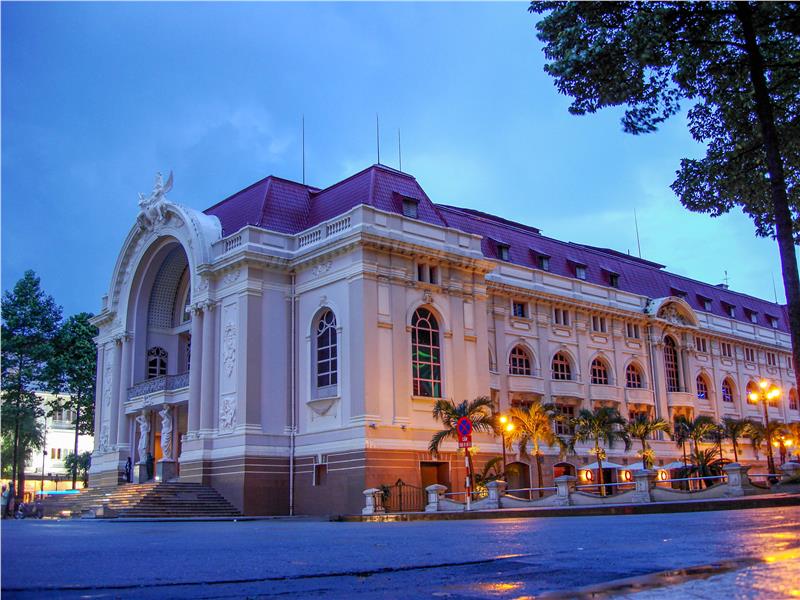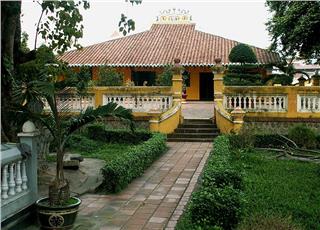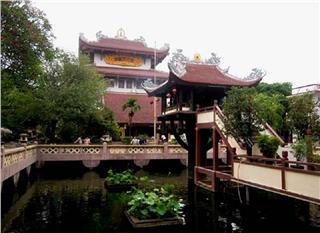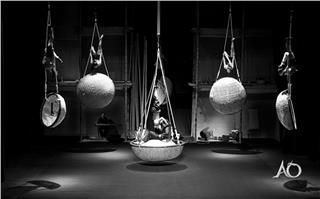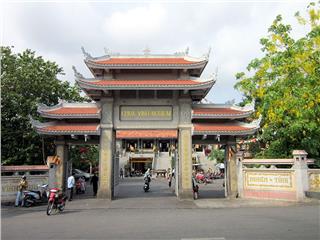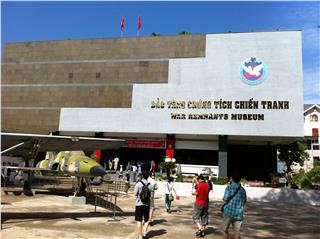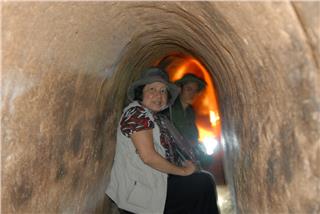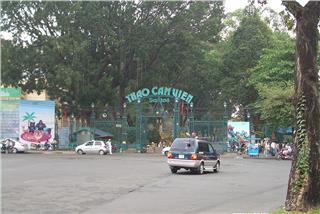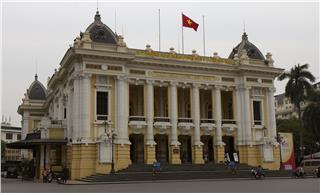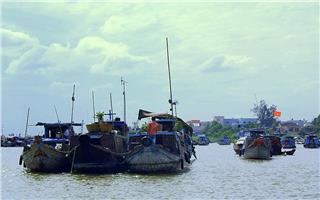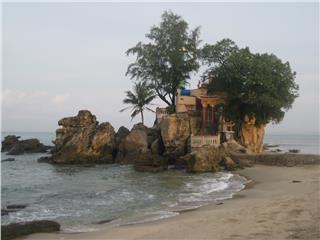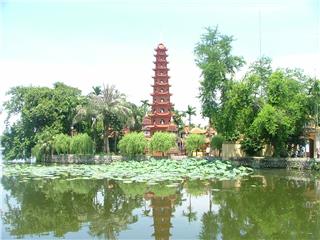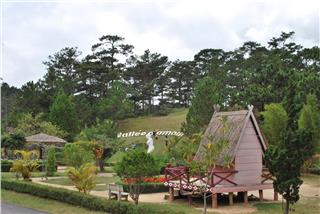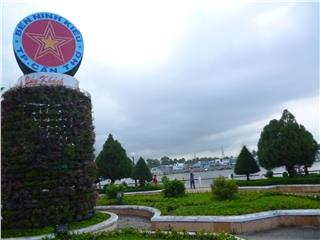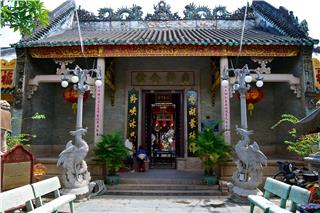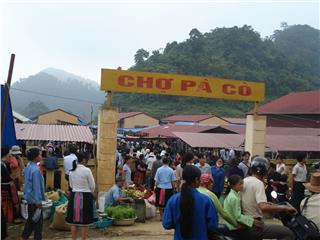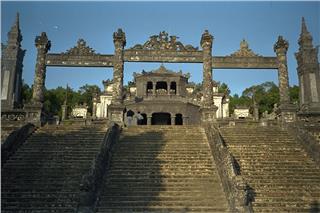Situated in the heart of the city, Saigon Opera House possesses an extremely unique and impressive architecture. It is one of long-standing theaters witnessing ups and downs of the city history and is regarded as a tourist attraction in Ho Chi Minh City.
Saigon Opera House, also known as Ho Chi Minh Municipal Theater is located in Dong Khoi Street, District 1, Ho Chi Minh City. Situated in the city center, it is considered the versatile theater of the city, organizing art performances and hosting numerous major events as well. The theater is inspired by Empire architecture and is regarded as an appealing tourist attraction in Ho Chi Minh City, luring the large number of tourists.
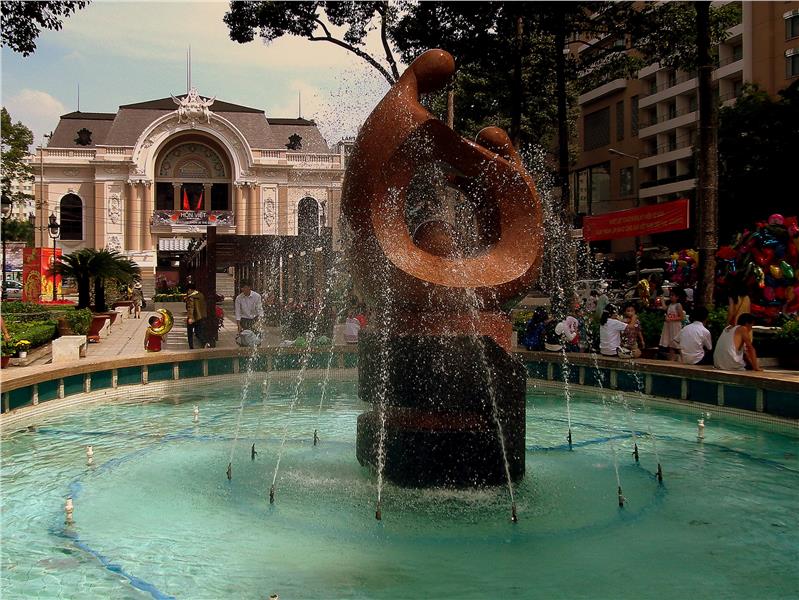
Located right next to the two luxury hotels, Caravelle Hotel and and Hotel Continental Saigon, Ho Chi Minh Municipal Theater retains an ancient and majestic architecture with 1 ground floor, two floors, including 1,800 seats, airy space, and modern sound and light system. It is home to host professional theatrical performances such as drama, "cai luong" (a kind of folk songs in the South Vietnam), opera, ballet, folk songs, and opera for all the art troupes both domestic and abroad. Besides, the night fashion shows has attracted the large number of tourists in Saigon and foreign friends. In particular, numerous international fashion shows have selected Ho Chi Minh Munnicipal Theater to showcase their unique style of fashion popular worldwide. It is also the venue of the meeting, celebrating the major holidays, or symposiums...
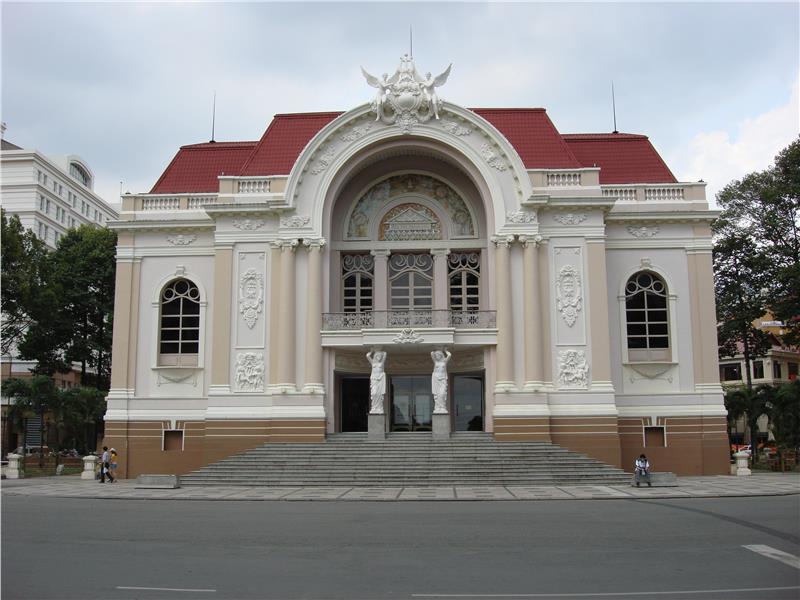
Right from 1863, there were numerous French art troupes to Vietnam to serve the French expeditionary troops. At first, they performed at the wooden house of an Admiral at Dong Ho Square (Place de L'Horloge) at the corner of Nguyen Du - Dong Khoi. Then a temporary theater was set in the place of Caravelle Hotel as nowadays. Opera House (Ho Chi Minh Munnicipal Theater as today) started its construction in 1898. It was solemnly inaugurated in early 1900. The facade of the theater was decorated with numerous statues and sculpted statues under architectural style at that time. Between the World War I and the World War II, and after the French reconquering Indochina, due to war conditions, the theater was not much embellished. It was used as a place of shelter for French civilians migrating from the north to the south of Vietnam under Geneva Agreement in 1954. The theater was renovated but used for functions of Congress Building (later known as the House of Representatives) of the Republic of Vietnam government. Yet the Opera House was returned its original function as the art performance after 1975.
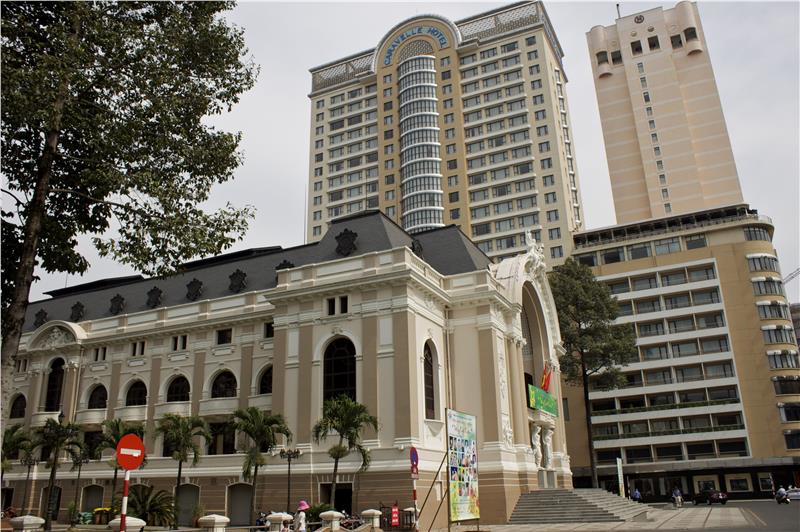
As one of the attractive sights in Ho Chi Minh City travel, Saigon Opera House is an architectural counterpoint to Hanoi Opera House (built in 1911 by architect Broger et Harloy with the architectural form of Garnier theater in Paris, including 900 seats). Saigon Opera House holds its own specific features nowhere else can be found. The authors of the architecture are the architects Félix Olivier, Ernest Guichard and Eugène Ferret. The whole building was built in 1900 under the "flamboyant" style of the Third French Republic. The entrance of the facade was strongly influenced by the artistic architecture of Petit Palais, which was built in the same year in France.
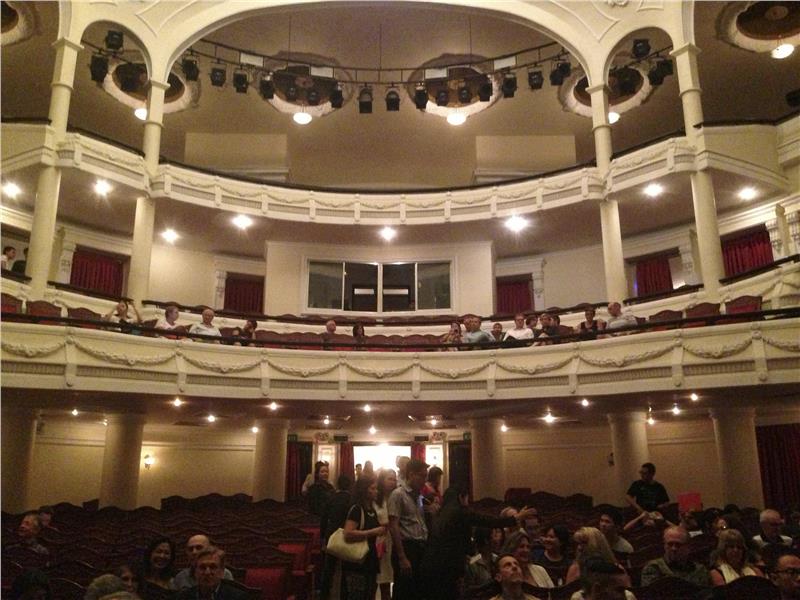
Modern interior design with fully well-equipped facilities offers the best sound and light quality. In particular, all of the decorative patterns, facade reliefs and the interior are inspired from Opera House in France in the late 19th century. However, the decoration in the facade of Saigon Opera House got a lot of criticism. Built in Empire style (later decorated in the Beaux Arts style, and simplified in the style of Art Deco), the theater’s facade is richly decorated with numerous reliefs and sculpted statues. That caused whole building quite cumbersome and confusing. Those decorative details then were removed to rejuvenate architectural styles in 1943. Particularly, on the occasion of the 300th founding Saigon in 1998, the contemporary government rehabilitated the theater to preserve its original architectural style. Accordingly, prominent decorations such as 2 art goddesses, floral wires, and 2 lamps... has been restored, creating the magnificent beauty as today.
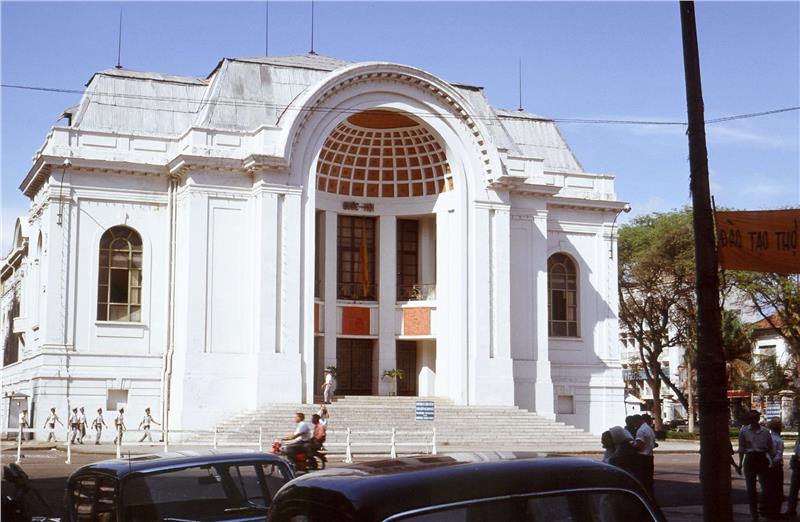
Besides the natural beauty of the landscapes, climate and humans, these structures also represent the unique historical and cultural characteristics of the city. Thanks to its tremendous historical significance, witnessing the vicissitudes of the history, Saigon Opera House is worth a fully alluring attraction in Ho Chi Minh City.
